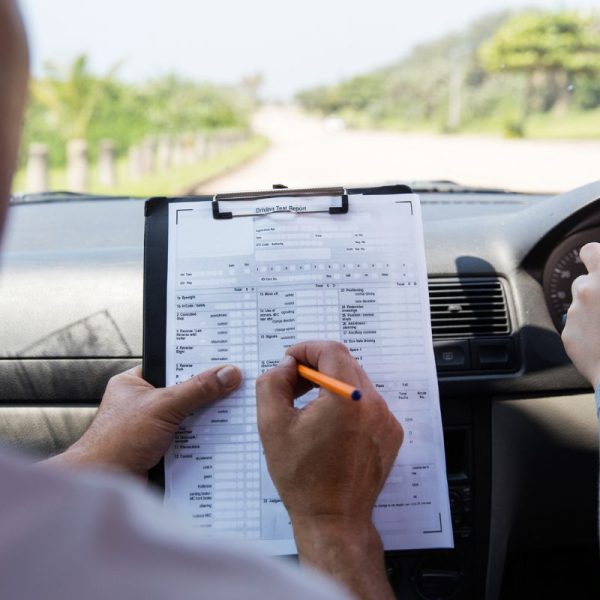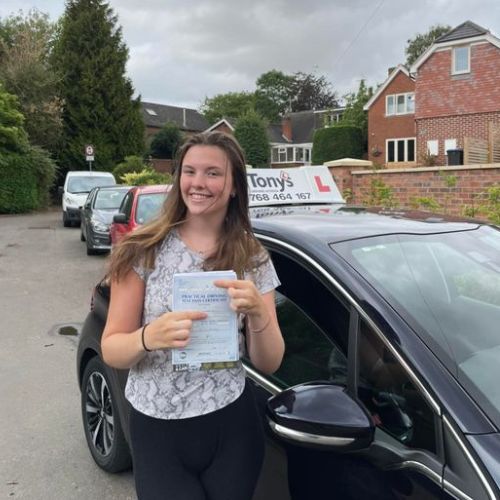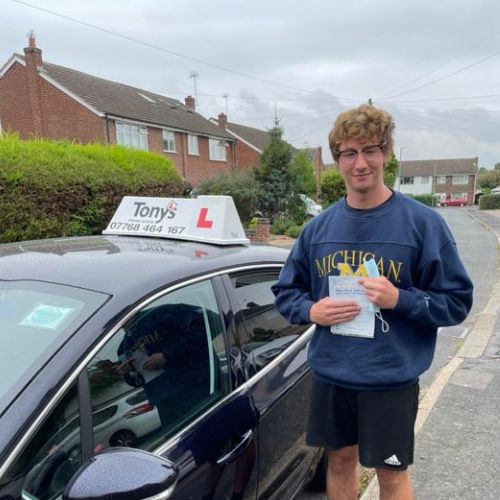Wonderful, patient teacher. Very dedicated and good with nervous drivers. I can highly recommend Tony
Pass Plus Driving Lessons
Pass Plus advanced driver training can help lower your car insurance premiums. If you’re a recently qualified driver who’s tired of not being able to find budget car insurance deals when comparing the market, then one possible solution is to consider taking advanced driving courses.
Pass Plus is designed for all car drivers holding a full driving licence, but is primarily aimed at newly qualified drivers. Generally, those who have held a full driving licence for less than 12 months. Completing a Pass Plus driver training course will enable you to apply for a discounted car insurance with approved insurers once you’ve finished the training.
The Driving Vehicle Standards Agency (DVSA) encourages all new drivers to take a Pass Plus course after successfully passing the practical driving test. It is a training course designed by the DSA, specifically aimed at new drivers, and can help you to become more confident on the roads. Pass Plus will build on your existing skills and knowledge and teach you how to anticipate, plan for and deal with all kinds of hazards. This is the first step in further developing the skills needed to be a safe and competent driver.
As an indication of the effectiveness of the scheme, a recent survey carried out for the Driving Vehicle Standards Agency showed that 93% of people who had taken Pass Plus felt more confident on the road, and 80% considered that their driving skills had improved as a result of taking the course.
About the Course: The Pass Plus scheme is made up of six course modules. All the modules must be successfully completed to the required standard. The details of each module are also given below:
Module One
Driving around a town: The first module ‘Driving Around Town’ has two parts. It begins with an introduction to Pass Plus, explaining the course aims and the skills and knowledge to be covered. The second part is a practical session covering the different features of driving in a town, such as complex junctions and public transport.
You’ll focus on:
- Observation, Judgement and awareness
- Eye contact
- Consideration for vulnerable road users
- Showing caution
- Keeping space around your car
Module Two
All weather driving: This module will be covered as much as possible in a practical session. You’ll focus on correct speed, safe stopping distances, plus seeing and being seen in:
- Rain
- Sleet, snow and ice
- Mist and fog bright sunshine
You’ll also look at skidding, and:
- What causes skids
- How to prevent skids
- Correcting slow-speed skids
- Braking on poor surfaces
- Aquaplaning
Module Three
Driving in the countryside: This module looks at the main differences between town and country driving:
- Observing the road ahead
- Making progress safely
- Bends, hills, uneven roads and dead ground
- Keeping a safe distance from the vehicle ahead
- Safe overtaking
It focuses especially on being aware and showing consideration for:
- Pedestrians,
- Horse riders and animals in the road
- Farm entrances
- Slow moving vehicles
It also covers the correct use of a horn, coping with mud and debris on the road and how to use passing places.
Module Four
Driving at night: This covers the important parts of driving at night, dawn and dusk. You’ll learn about:
- The importance of using headlights correctly
- Adjusting to the dark judging speed and distance
- The correct use of lights and keeping them clean
- Dealing with dazzle
- Hard-to-see road users
- Parking issues
Module Five
Driving on dual carriageways: Dual carriageways are high speed roads where the two carriageways are separated by a central reservation. You’ll need to have particular skills, including:
- Effective observation, using your mirrors and checking blind spots
- Judgement and planning ahead
- Separation distances joining and leaving a dual carriageway
- Overtaking and lane discipline
- The correct use of speed
Module Six
Driving on motorways: This should be a practical session if possible. If there is no motorway nearby, it will be covered in a theory session. You should drive on a motorway as soon as you can afterwards so you can put the theory into practice.
The topics covered include:
- Journey planning
- Joining and leaving a motorway, and using slip roads
- Safe speeds in different circumstances
- Effective observation
- Signs, signals and markings
- Overtaking and lane discipline
- Courtesy to other road users
- Motorway fatigue
- Breakdown procedures
- Use of lights, including hazard warning lights
- Debris on the carriageway crosswinds




